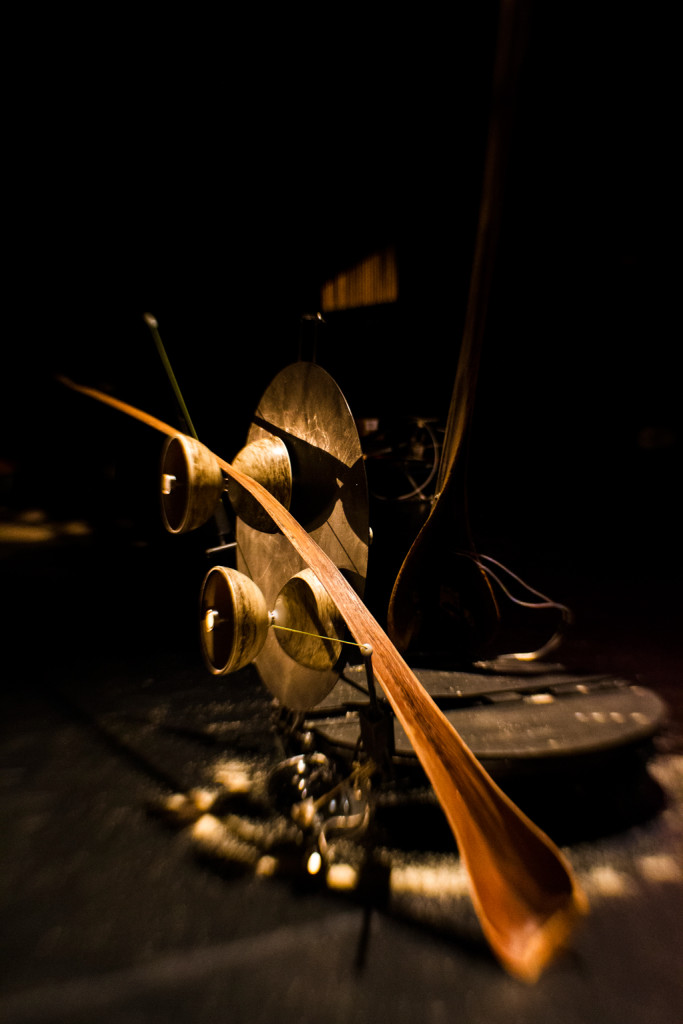Outsourcing, human resources, efficiency improvement … these terms are not normally associated with the theatre, but they serve as the building blocks for the new piece by the company Tr’espace. Transporting us into a bizarre, vividly caricatured world, this production examines the relationship of the human body to work and to the development of human endeavor. Actions are outsourced, broken down into their smallest units, divided up among the players, automated. The goal is beyond reproach: to make life more pleasurable.
In a universe where the invisible becomes visible, physical effort and beauty intersect in simple gestures, the practical becomes unnecessary, and profit is called into question. Absurd and fleeting.
Tr’espace
trespass (en.) – unbefugtes Betreten (dt) – entrée non-autorisée (fr)
Tr’espace is a Swiss theatre company based in Wohlen (Aargau / Switzerland). Tr’espace is lead by artistic director Roman Müller. From its beginning in 2002 till now, Tr’espace has performed in over 25 countries and on every continent. With more than 1000 shows.
Tr’espace creates and produces stage plays (ArbeiT, Trilogy of Le Cercle) and also participates in other artistic projects (like : Hyrrä by momentlabor and inStallation). Roman Müller is one of only a small number of performers of Sanddorn Balance at Rigolo Swiss Nouveau Cirque. Roman Müller also focusses on the fomentation of new cirque in Switzerland and shares his experiences with students of ESAC, Brussels.
Tr’espace has succeeded in reinventing the diabolo in aesthetic, dramatic, and technical terms. The company defies conventions and transcend apparent limits, creating an inimitable style that elegantly and sensitively combines the playful and the wacky with stunning artistic feats. A trilogy was created around the diabolo, starting with the act Duo Tr’espace, which expanded to include the short piece RencontreD [meetingD] and then the theatrical performance Le Cercle [The Circle].
This genre-transcending concept has opened numerous doors. Tr’espace has achieved an artistic range that erases the strict boundaries between classical circus, variety shows, and cirque nouveau and has been celebrated and honored by spectators and professional circles alike. In a certain sense, the leap from the circus ring to stages usually reserved for dance and theatre was a perfectly natural artistic progression and has allowed Tr’espace to pioneer a new, more open theatre culture, one that now embraces a tremendous array of performing arts.







